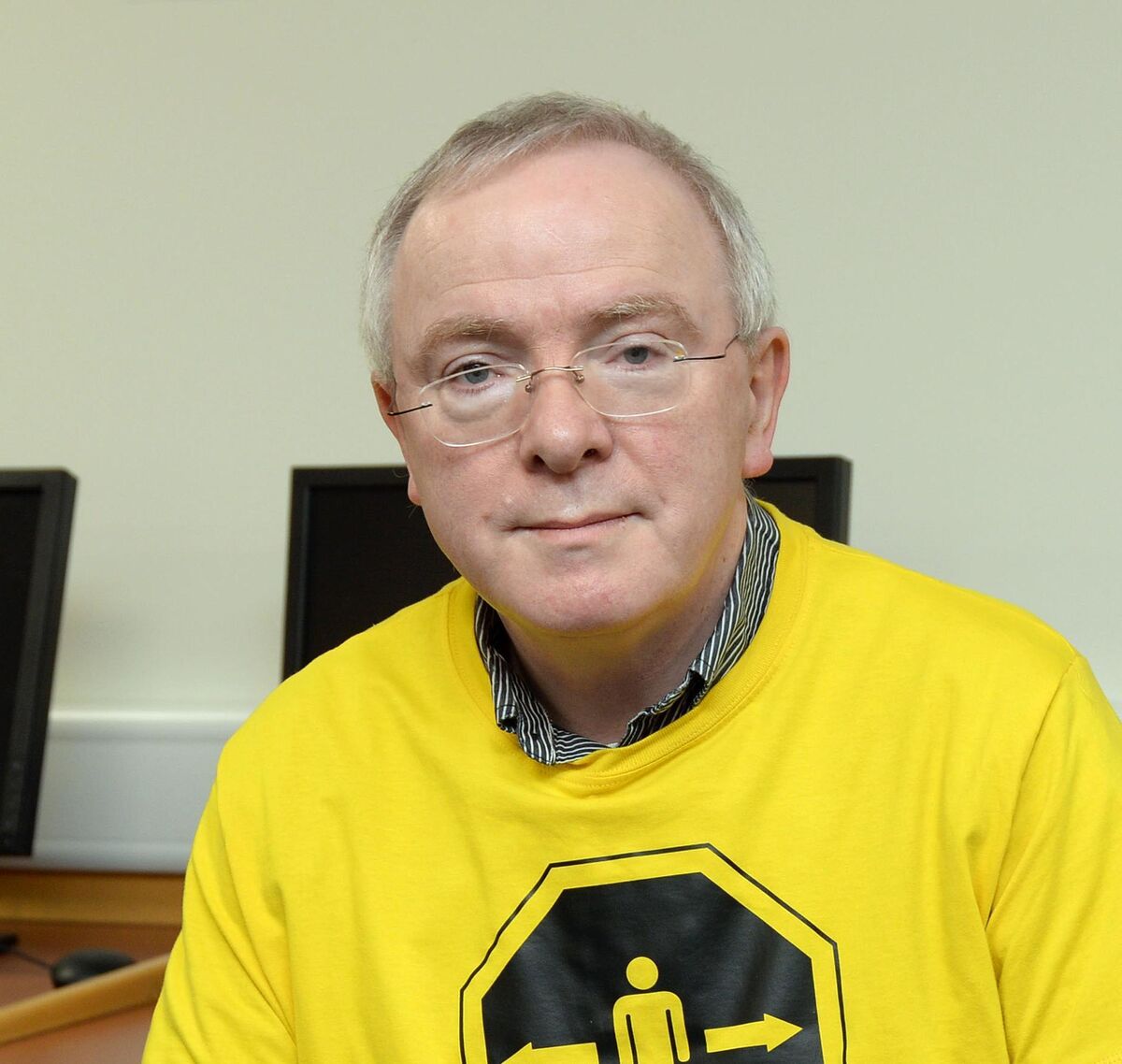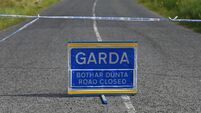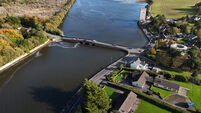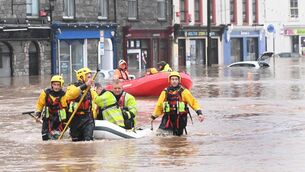Why are Covid rates so much lower in Cork and Kerry than in Dublin?

Covid case numbers have been heading in the right direction in some counties, with better compliance a possible but not definite factor.
Covid-19 rates have remained steady across the country, though rates are varying widely between different regions.
Last week, in the data issued by the National Public Health Emergency Team (Nphet) from Monday to Friday, some 2,670 cases of the virus were confirmed, an average of 534 a day.
But, within those daily reports, the county-by-county breakdown depicts a revealing picture.
Specifically, Dublin accounts for some 1199 of those cases - some 44.9% of the cases announced nationally. By contrast, there were just 110 cases in Cork and just 15 confirmed cases in Co Kerry, with the Kingdom showing fewer than five daily cases three times last week.
Both counties have managed to keep Covid-19 levels at bay in recent weeks but public health experts have warned there is no room for complacency.
Recent data from the Central Statistics Office (CSO) shows that the number of contacts per person in counties Cork and Kerry were below the national average during St Patrick’s week earlier this month.
Where the national average was 2.5 contacts per person, that stood at 2 contacts in Kerry and 2.2 contacts in Cork. That lower level of social contact may, in some part, be helping both counties to keep infection levels at bay.
Other local electoral area data shows that some areas were outperforming others in keeping their communities almost virus-free.
On March 22, Kanturk, Bandon-Kinsale, Bantry, Carrigaline, and the southwest part of Cork city, as well as Killarney in Kerry, had less than five cases confirmed in the previous fortnight, showing that these communities were doing well to keep infection levels low.
While the public is playing a role in reducing transmission, Cork-based public health doctor Mary O’Mahony said a more effective public health response had enabled staff to contain any new outbreaks.
Dr O’Mahony said this “rigorous” and “very active” follow-up of new outbreaks was only now possible because infection rates had fallen to manageable levels.
“We’re still encountering outbreaks and cases occurring in workplaces, schools, and in healthcare settings and they are all very actively followed up,” Dr O’Mahony said.
“Without all of this work in the background, you wouldn’t be breaking the chains of transmission. It only takes one case to lead to a cluster and that can lead to multiple other outbreaks."
Dr O’Mahony stressed that the number of new cases reported each day was “only the tip of the iceberg” and that scores of other people, who were deemed close contacts, were likely to have contracted the virus.
She warned, however, that the situation could change rapidly and until the majority of the population is vaccinated, there was no cause for celebration yet - the rapid growth before Christmas took just 11 days, for instance.
UCC professor of public health Ivan Perry said the public health response, population density, and a “randomness” to the epidemic may be playing a role in the low Covid-19 numbers in Cork and Kerry.

A low population density in Kerry, he said, may be contributing to low case numbers there but this was less likely in Cork. Good compliance by the public was also a factor, although he doesn’t feel that people in Cork and Kerry were necessarily behaving differently compared to other parts of the country.
The picture remains fragile, though, and it may not take much for infection rates to surge again, he warned.
“It only takes a small number of events before the virus starts to increase again,” Professor Perry said, adding that more public health doctors and surveillance scientists are needed to keep on top of the pandemic.
Professor Perry said that it was not the time to relax things in Cork and Kerry: “We have to open things up very gradually.
“There is a catastrophe unfolding with the P1 variant in Brazil. Variants will continue to arise and some of them may be vaccine-resistant so it would be very risky to drop our guard on international travel.
“Nobody is safe until everybody is safe,” he said, adding that it was likely to be “well into 2022” before all countries are vaccinated.













